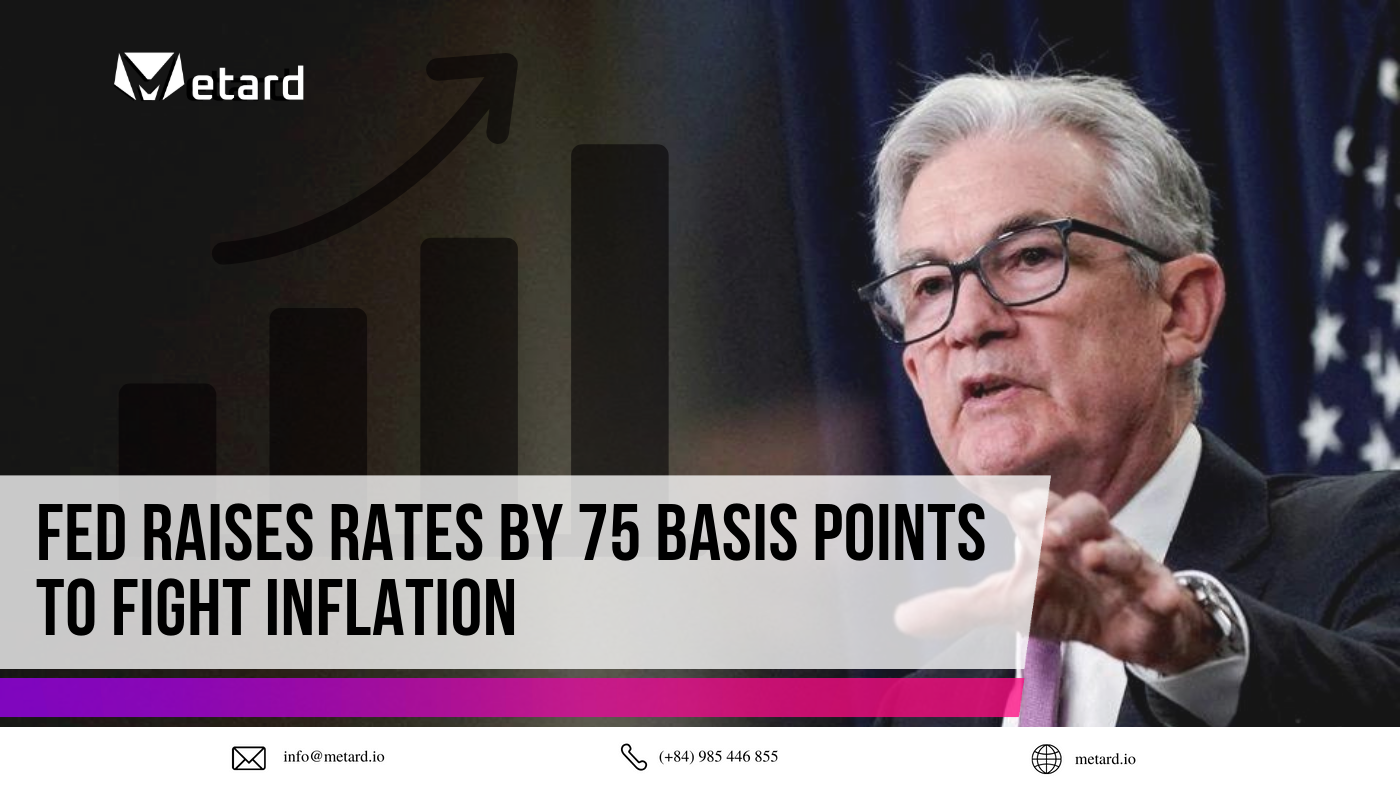Have you ever heard of the “Leverage” term while trading Cryptocurrencies? Let us introduce and explain to you through this article.

What is a leverage transaction in blockchain?
Leverage is the use of borrowed funds to build trades in the crypto market. With leveraged trading, you can increase your ability to buy or sell, which lets you trade bigger amounts. So, even if you start with a small amount of money, you can use it as a guarantee to make trades that use leverage.
Leveraged trading can increase the amount of money you can make, but it is also risky, especially in the volatile cryptocurrency market. Depending on the cryptocurrency exchange you use, you can borrow up to 100 times what you have in your account.
The amount of leverage is described as a ratio, such as 1:5 (5x), 1:10 (10x) or 1:20 (20x). It shows how many times your initial capital is multiplied.
Let’s say that you have $100 in your spot account but want to use your $1,000 capital in bitcoin (BTC). With 10x leverage, your $100 will have the same purchasing power as $1,000.
You can use leverage to trade a variety of types. Common types of leveraged trading include margin trading, leveraged tokens, and futures contracts.
How leverage trading works?
You must first deposit capital into your trading account before you can apply for a loan and begin trading with leverage. Collateral is the first capital you deposit. The collateral needed is determined by the leverage used and the overall amount of the position you chose to establish (called margin).
Assume that you wish to invest $10,000 in Bitcoin (BTC) with a leverage of 10x, the required margin will be 1/10 of $10,000, which means you’ll need $1000 in your account as collateral. If you use 20x leverage, your required margin will be even lower (1/20 of $10,000 = $500). Remember that the higher the leverage, the higher the risk of being liquidated.
You must maintain a margin limit for your trades in addition to the original margin. When the market moves against your position and your margin falls below the maintenance barrier, you must deposit more cash into your account to avoid liquidation.
So, we hope you have had an overview of leveraged trading in the cryptocurrency market. In the next article, we will dive into learning about long and short positions in leveraged trading. Stay tuned, reader!








